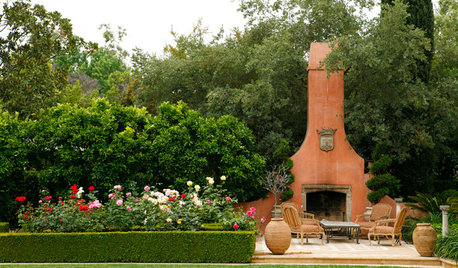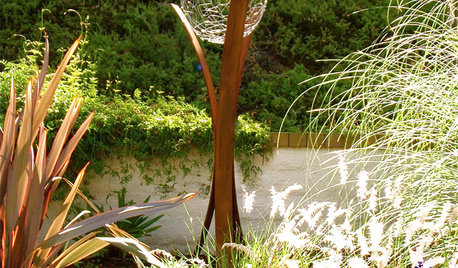Companion and Interplanting what is the difference
anthonyjames
13 years ago
Featured Answer
Sort by:Oldest
Comments (7)
greenbean08_gw
13 years agoRelated Professionals
Brentwood Landscape Contractors · Wakefield Landscape Contractors · Battle Ground Landscape Contractors · Bedford Landscape Contractors · Danvers Landscape Contractors · La Vista Landscape Contractors · St. Louis Landscape Contractors · Wells Landscape Contractors · Woodland Landscape Contractors · Norridge Landscape Contractors · Brookhaven Outdoor Lighting & Audio Visual Systems · Burbank Fence Contractors · Cockeysville Fence Contractors · Draper Fence Contractors · Salt Lake City Fence Contractorsanthonyjames
13 years agogreenbean08_gw
13 years agogardener_sandy
13 years agocurt_grow
13 years agogreenhousekendra
13 years ago
Related Stories

EDIBLE GARDENSGarden BFFs? Why Your Vegetables Are Begging for Companion Plants
Foster friendships among plants for protection from pests, pollination support and color camaraderie
Full Story
LANDSCAPE DESIGNMake Your Roses Even More Beautiful With These Companion Plants
Nourish your rosebushes and create a visual feast with these 7 classic and unexpected plant pairings
Full Story
RUGSPrevent Slips and Floor Damage With the Right Rug Pad
Here's what to know about sizes, materials, costs and maintenance of this important companion to your area rugs
Full Story
DECORATING GUIDESRooms Take a Page from Book Wallpaper
Turn your walls into well-read companions even without a library, using the novel design idea of book wallpaper
Full Story
DINING ROOMSFreshen Up Your Dining Room to Savor Meals More
If drive-through dining or a TV companion is your daily deal, you might just need a dining room worth spending unhurried time in
Full Story
GARDENING AND LANDSCAPINGGarden Sculptures Shape the Landscape
Artworks in the garden don't just add to a landscape design; they can create a completely different experience
Full Story
COTTAGE STYLEBag a French Accent With Grain Sack
At home in country cottages to urban lofts, grain sack adds a French touch to pillows, upholstery, curtains and more
Full Story
EDIBLE GARDENS12 Essential Herbs for Your Edible Garden
Make home cooking and drinks even better with herbs plucked from your own backyard or windowsill pot
Full Story
MATERIALSAre You a Maker? Show Us Your Favorite Tool or Material
Houzz Call: A tool or material can be a maker’s best friend. We’d like to see your favorite — and what it helps you achieve
Full Story
HOUZZ TOURSHouzz Tour: A Frank Lloyd Wright Home, Lovingly Restored
In a 15-year labor of love, one dedicated Ohio couple focuses on conserving over remodeling, protecting an architectural legacy
Full Story





gardener_sandy